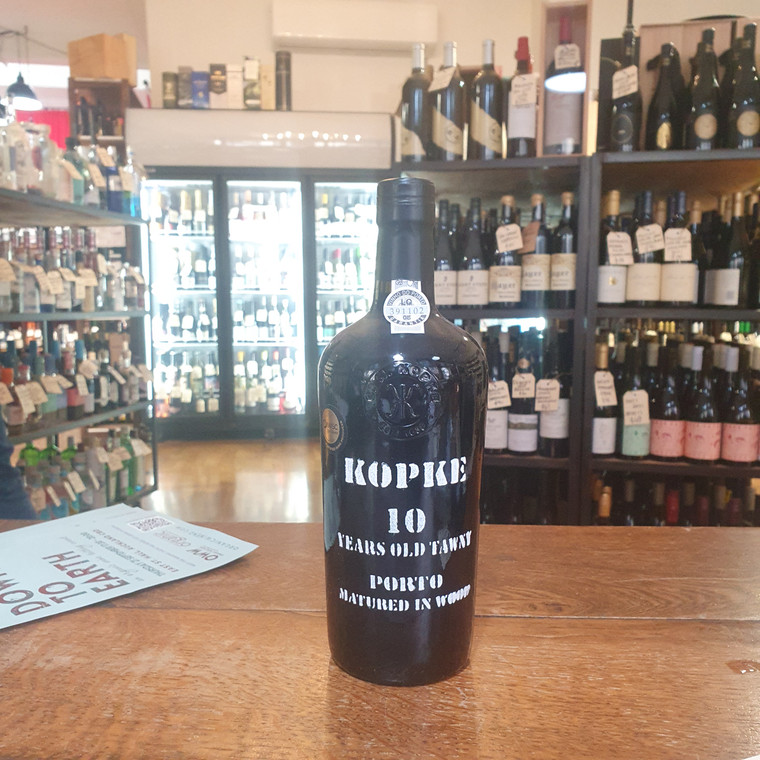
If time is marked by special moments, Kopke's history is written in exceptional years. Years that are worth keeping, so they can be relived and celebrated any time. When we retrieve years from Kopke's history, we are creating more history: the age on the label of this Kopke Port wine is the average age of all the wines in the blend.
Hand-picked at the optimum time, the grapes are then destemmed, crushed and converted into wine through a process of careful maceration to extract their colour, tannins and aromas, enhanced by constant churning during fermentation. This takes place in vats (lagares) at a controlled temperature (between 28-30°C) until the right degree of sweetness (baumé) is achieved. At this point, grape brandy is added to create the final fortified wine. A wine of high quality, made by blending wines of different harvests to achieve the array of sensory qualities that are typical of these aged tawny Port wines. These wines have each matured in oak casks for varied periods of time, with the average age of all the wines in the blend defining the age on the label. The resulting blend expresses the characteristics given by the ageing in wood.
An appealing golden colour, with an amber rim. Elegant and complex, it shows aromas of spice, with prevailing notes of dried fruit and elegant hints of wood and honey. Smooth and round on the palate, it shows complexity amidst intense flavours of dried fruit. An excellent finish.
Irresistible with a starter of foie gras with aubergine and walnuts. A great choice for an endless array of desserts, such as toffee brownies, chocolate and pistachio pavé, or crostini of walnuts with chèvre. Best served at a temperature between 12 and 14°C.
Kopke
Port Wine gradually become the focus of the company and soon represents its main business. Nicolau Kopkë & Co. is an example for innovation, producing and shipping its wines within the same company.
This dedication to the concept of social progress will be shared by all the family's successive generations.
He was graced with the title of Baron of Vilar in 1836 and, ten years later, his nephew Joaquim Augusto Kopke was made Baron of Massarelos. Two centuries after the arrival of the family in Portugal, their commitment to the development of the country had been rewarded.
Douro Valley







